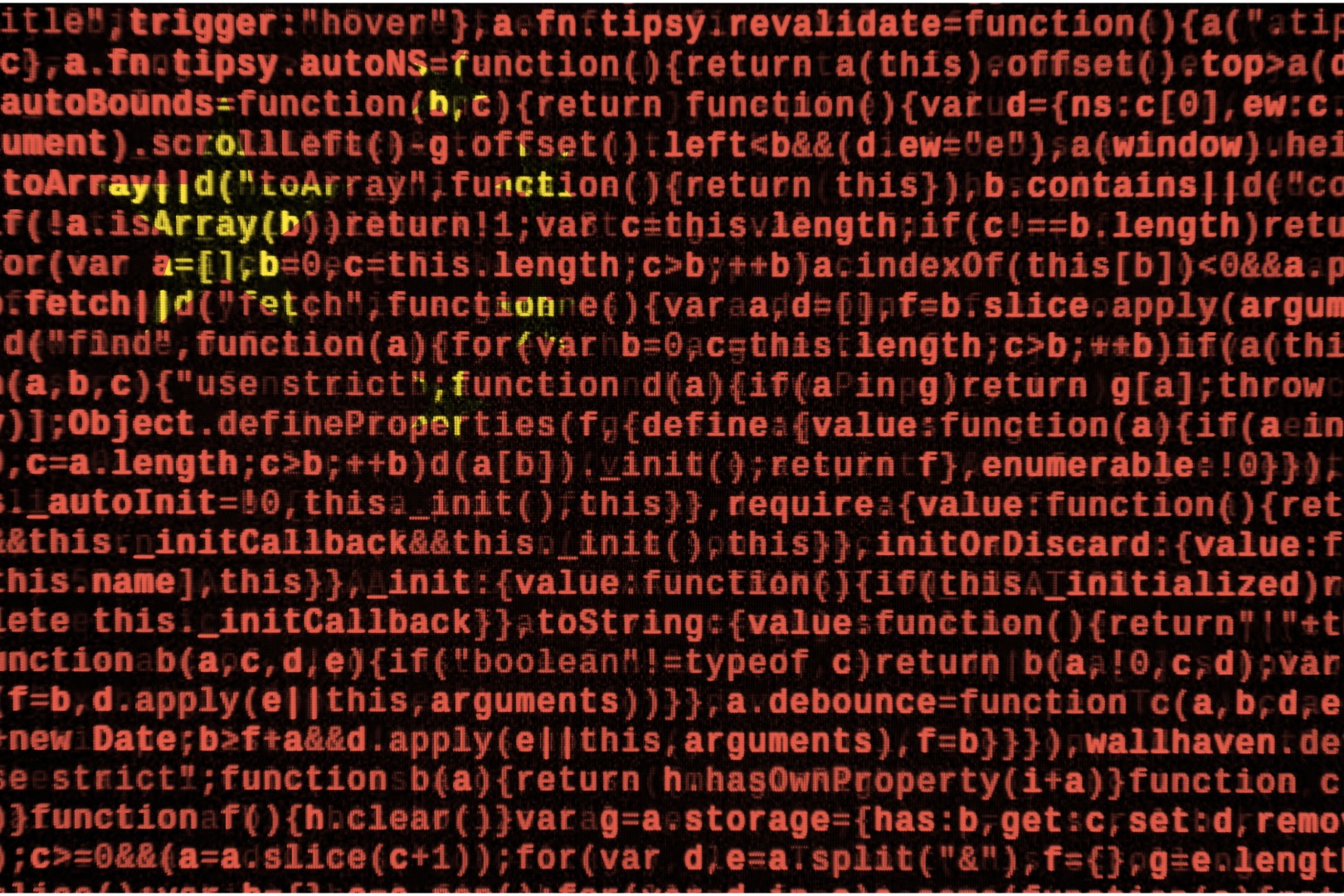
There’s a nasty little game going on in the U.S. patent system—one that no one in Washington seems willing to talk about. Big Tech corporations, the same ones screaming the loudest about imaginary “patent trolls” and “bad patents”, are quietly withholding prior art from the USPTO. Then, when those patents get issued, they turn around and sue to have them canceled, crying that the patent office “got it wrong.”
Let’s be clear: they let those patents issue. Then, they weaponize the mess they helped create.
This isn’t just hypocrisy. It’s a deliberate, coordinated strategy to undermine patent rights, tilt the playing field, and protect the monopolies these companies have spent two decades building.
The Dirty Secret of the America Invents Act
When Congress passed the America Invents Act (AIA) in 2011, they gave Big Tech exactly what they wanted: a way to kill patents cheaply and quickly at the Patent Trial and Appeal Board (PTAB). They also allowed companies to submit prior art they already knew about during the original patent examination, but they didn’t require it.
Think about that.
These trillion-dollar multinationals have entire legal and engineering departments dedicated to knowing the next big thing. It’s called risk management. Their AI-driven search tools scan every patent filed in their industry. They know what’s coming. They know when a small inventor files something similar to what’s buried in their archives or lurking in some foreign patent database.
Under the AIA, they can submit what they know, but they don’t have to say a word. They can just sit back, let the USPTO do its job with incomplete information, let the patent issue… and then attack it later at the PTAB, waving around prior art they could’ve disclosed up front but chose not to.
That’s not protecting innovation. That’s rigging the system.
The Inventor’s Trap
Now, put yourself in the inventor’s shoes.
You spend years developing a new idea. You scrape together the money to file a patent. You hire a lawyer. You run your own prior art search. You follow the law. You disclose everything you know because if you don’t, your patent could be nuked for inequitable conduct.
You get your patent issued. You get investors. You build a product. You prove the market.
Then comes Big Tech, waving some obscure document from 2002 that they had in their files the whole time. “See?” they say. “This patent never should have issued! Kill it!”
And the PTAB obliges.
You lose your patent. You lose your business. You lose your shot at the American Dream.
And the same companies that withheld that art in the first place? They walk away clean after launching a product using your market-proven idea.
That’s not a fair system. That’s a corporate ambush dressed up as a legal process.
They’re Not Mad About “Bad Patents.” They’re Mad They Got Sued.
Let’s not kid ourselves. Big Tech doesn’t care about “patent quality.” They care about not getting sued. They’re fine with thousands of garbage patents being issued—as long as those patents are in their own portfolios.
But when someone else’s patent shows up—especially from a small inventor, a startup, or a competitor they didn’t expect—they panic. Suddenly, it’s a “patent troll.” Suddenly, it’s a “bad patent.” Suddenly, it’s a “threat to innovation.”
No. The only thing being threatened is their unchecked market power.
And instead of acknowledging that they failed to participate in the system honestly—by not disclosing relevant prior art during prosecution—they go crying to Congress and the courts, demanding that the system be burned down even more.
Why Don’t They Disclose?
Simple. It’s cheaper to attack patents after they’re issued than to participate in good faith during examination, and the PTAB will likely just take the patent back anyway.
If they disclose the prior art upfront, the patent examiner might actually issue a stronger patent that the inventor can defend. That would make it harder for them to copy it later.
But if they wait, say nothing, and let the patent issue? Then, they can file an IPR and get it canceled 84% of the time at the PTAB. No jury. No due process. No accountability.
It’s a business strategy. And it’s working.
The Rules Don’t Apply to Them
Independent inventors get held to an impossible standard. If you forget to cite something you should have known, they’ll invalidate your patent in court. But when Google, Apple, Qualcomm, or Amazon sits on known prior art, lets a patent issue, and then uses that same prior art to get the patent killed?
Crickets.
No penalties. No consequences. Just another win on the board for corporate America.
The Fix Is Obvious
If we want a fair and functioning patent system that promotes innovation instead of protecting monopolies, Congress needs to act.
Here’s where we start:
- Mandatory Prior Art Disclosure by Corporations. If a company has relevant prior art in its possession, it should be required to disclose it during patent prosecution—not after. Especially if they later challenge the patent.
- Consequences for Withholding. If prior art is knowingly withheld by a party who later challenges the patent, there should be real penalties: sanctions, estoppel, or loss of standing.
- Level the Playing Field on Duty of Disclosure. If inventors can lose their rights over a missed reference, corporations should be held to the same high standards.
- Reform the PTAB. End the incentive to ambush inventors post-issuance. Limit challenges to those who participated in good faith during prosecution.
- Transparency in Patent Challenges. Make it clear who’s filing IPRs, who’s funding them, and what prior art was withheld earlier. No more hiding behind shell companies like Unified Patents.
This Is Bigger Than Patents
This isn’t just a patent issue. It’s an innovation issue. It’s a fairness issue. It’s about who gets to compete in the American economy—and who gets shut out.
If we let Big Tech continue to manipulate the system like this, we’ll end up with a future where nobody but trillion-dollar corporations can innovate. Where every startup is just a farm team to be harvested or destroyed. Where inventors don’t dare share their ideas because they know what’s coming.
The patent system was built to protect the little guy. But the way it’s being used today, it’s protecting the giants. And they’re laughing all the way to the bank.
Let’s stop letting them have it both ways. If they want to challenge patents, fine. But they need to play by the same rules as everyone else. Disclose the prior art. Do it up front. And stop crying foul when you helped create the mess in the first place. Because we’re tired of playing fair in a game that’s rigged.
Paul Morinville is Founder and Executive Director of SPARK Innovation. SPARK Innovation strives to create an policy environment where the conception, protection, and commercialization of technologies critical to our economic and national security prosper thereby enabling the United States to take back the global technological lead from China. Paul is an inventor and has been an executive at multiple technology startups including computer hardware, enterprise middleware, video compression software, artificial intelligence, and medical devices, and has licensed patents in the U.S. and China.







The USPTO is a legal entity. It enters into contracts with inventors. Inventors file documents that describe their inventions, pay a fee, and the USPTO examines the descriptions of their inventions. USPTO examiners, who are USPTO EMPLOYEES, conduct sophisticated searches which identify prior art if it exists, ask the inventors to amend the claims if prior art exists, and when the wording of claims is no longer anticipated, allows the patents. The patents are not issued until the inventors pay an additional fee. The USPTO then issues the patents and publishes the patents.
Patents have been promoted by the government to prevent inventors’ inventions from being copied for a period of time, after which the invention may be used for the benefit of everyone. A process was initiated under false pretences that gave patent infringers the right to ask the USPTO for permission to infringe patents of their choosing. The USPTO charges them a fee that is larger than the fee that had been paid by the inventors, and invites a selected group of its EMPLOYEES called PTAB to invalidate the contracts that the USPTO entered into with the inventors.
The procedure of DEMANDING AND ACCEPTING MONEY to examine and to issue, purportedly in good faith, followed by the IN-HOUSE procedure of DEMANDING AND ACCEPTING MONEY and reversing the examining and issuing procedure, on demand by patent infringers, is obviously a ploy designed to deceive. The described procedures involve money and have a name. FRAUD. Inventors who have suffered damages thereby appear to be entitled to take action and to ask for compensation. The numbers could run into hundreds of billions, or more.
PTAB’s 84% reversal of patents are Fraud to support Big Tech. Need to abolish PTAB
Amen.
Invention for a medical procedure/ Intubation procedure: dangerous with potential catastrophic outcomes.
U.S. patent 5,827,178 for the Video Laryngoscope granted in October 1998.
Infringers came to market in 2006; I sued in Federal Court in 2010. Inventor/US Patent owner Pro Se since 2011: multiple settlements.
With lawyers since 2021: only losses.
Still in Federal Court today.
Video laryngoscope considered Standard of Care for Intubation procedure in the U.S. since ~ 2016; worldwide since ~ 2018.
20 Million + intubations in the U.S. Each Year.
In Emergencies: life-saving.
In Operating Rooms :All General Anesthesia Surgeries.
Still in Federal Court v infringer today.
Reexamination Unit at USPTO for 9 ( nine ) Years/ 4800 pages: > > “patent valid”. Patent owner without lawyers/ Pro Se at Reexamination Unit, USPTO.
Still in Federal Court v infringer today.
One infringer has made over 1 Billion $$ .
Regards,
Jon Berall, MD, MPH, Lt.Cmdr.
212-614-1711
Jjberall@gmail.com
http://Www.intubation.com
Invention for a medical procedure/ Intubation procedure: dangerous with potential catastrophic outcomes.
U.S. patent 5,827,178 for the Video Laryngoscope granted in October 1998.
Infringers came to market in 2006; I sued in Federal Court in 2010. Inventor/US Patent owner Pro Se since 2011: multiple settlements.
With lawyers since 2021: only losses.
Still in Federal Court today.
Video laryngoscope considered Standard of Care for Intubation procedure in the U.S. since ~ 2016; worldwide since ~ 2018.
20 Million + intubations in the U.S. Each Year.
In Emergencies: life-saving.
In Operating Rooms :All General Anesthesia Surgeries.
Still in Federal Court v infringer today.
Reexamination Unit at USPTO for 9 ( nine ) Years/ 4800 pages: > > “patent valid”. Patent owner without lawyers/ Pro Se at Reexamination Unit, USPTO.
Still in Federal Court v infringer today.
One infringer has made over 1 Billion $$ .Regards,
Jon Berall, MD, MPH, Lt.Cmdr.
212-614-1711
Jjberall@gmail.com
https://intubationvl.com